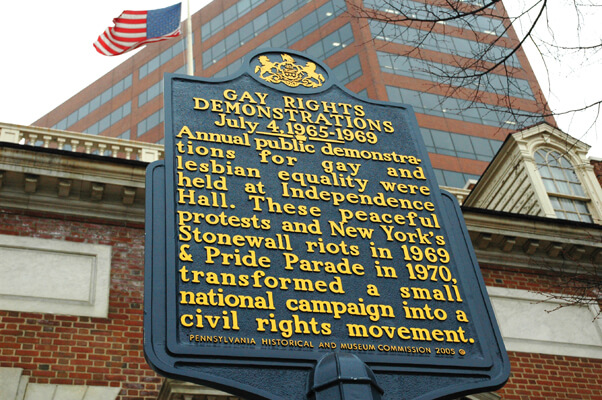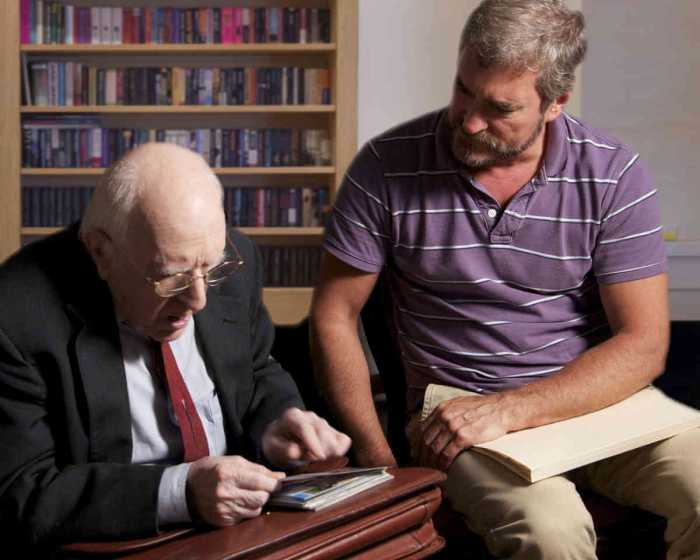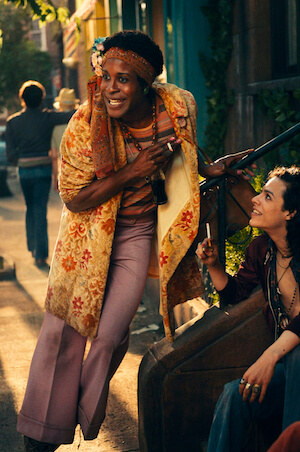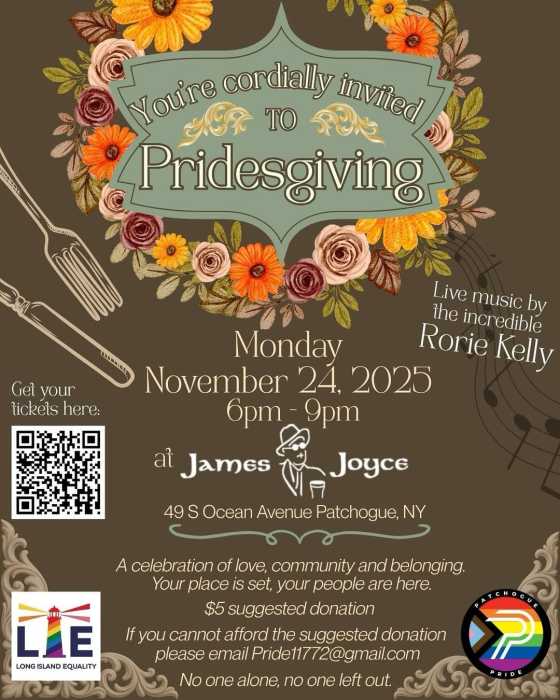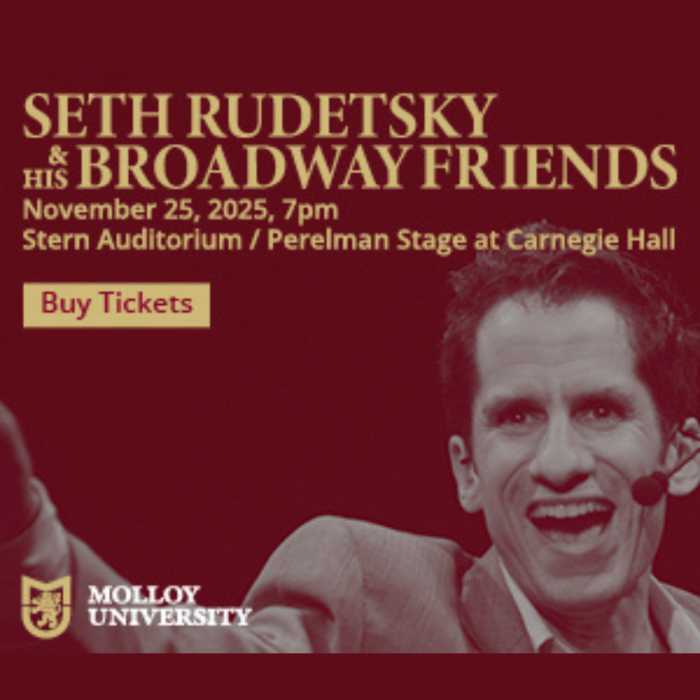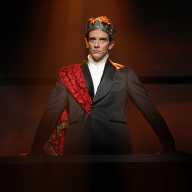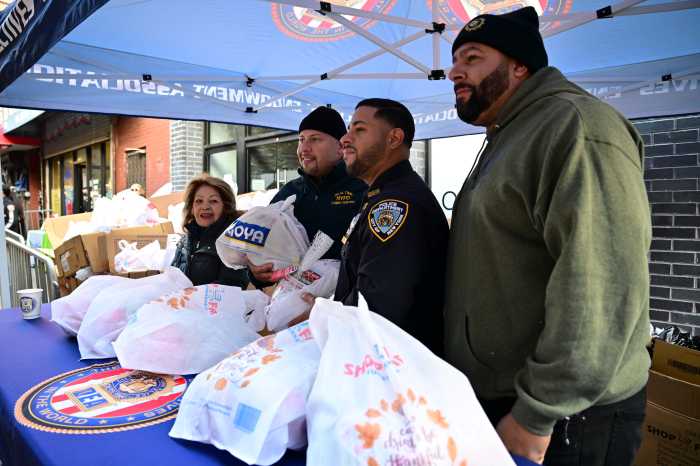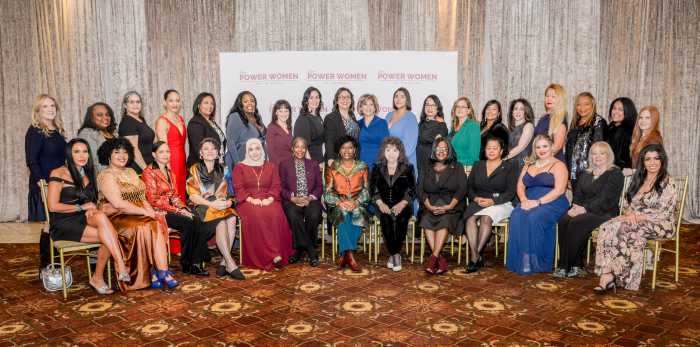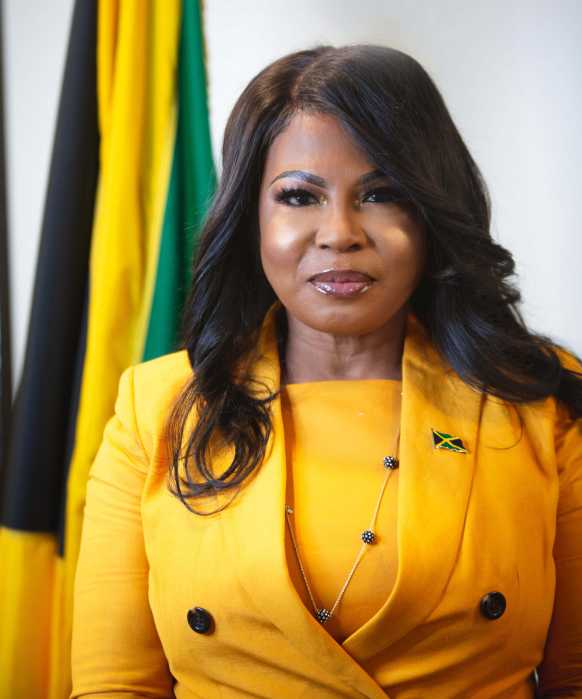Marchers in the Annual Reminder outside Independence Hall. |GAY PIONEERS/ EQUALITY FORUM
In New York City, we hold the Stonewall Riots dear as the definitive marker for the start of the modern LGBT rights movement. And it’s fair to say that most gay folks share that assessment — as does the world generally.
But Stonewall wasn’t the first occasion in which LGBT Americans asserted their visibility and their defiance of the status quo. In 1964, New York activists protested the exclusion of gays from the military at a Lower Manhattan induction center. The following year, a group gathered outside the United Nations to shine a light on Cuba’s policy of detaining gays in work camps.
Gay street hustlers, drag queens, and transgender San Franciscans fought back in 1966 when police raided an all-night diner they frequented in that city’s Tenderloin district. The same year, several activists staged a “sip-in” at Julius’ Bar — the West Village haunt long a watering hole for discreet gay men — openly declaring they were gay to protest State Liquor Authority policy that forbade bars from serving alcohol to homosexuals.
Philadelphia plans 50th anniversary celebration of 1965-1969 gay rights pickets at Independence Hall
No public effort at visibility pre-Stonewall, however, had the same level of organization and strategic thinking as did a series of demonstrations, held on July 4th every year from 1965 through 1969, in front of Independence Hall and the Liberty Bell in Philadelphia. Those events, called Annual Reminders, will be commemorated in a four-day 50th anniversary celebration July 2-5 of next year. In a November 6 press conference, Equality Forum, which produces a week-long LGBT Pride program each May in Philadelphia, was joined by Mayor Michael Nutter and Visit Philly, the city’s leading tourism bureau, to announce the events, which are focused around a July 4th mid-day mass celebration on Independence Mall, where the Hall and the Liberty Bell are located.
Planning for the inaugural Annual Reminder, in 1965, brought together some of the earliest gay and lesbian organizers not only from Philadelphia but from New York and Washington, as well.
Barbara Gittings and Frank Kameny in 2005. | EQUALITY FORUM
Philadelphians Barbara Gittings and her partner, the photojournalist Kay Tobin Lahusen (the couple were together 46 years until Gittings’ death in 2007), had worked for more than half a dozen years with the Daughters of Bilitis, a pioneering lesbian group, and for a time produced its magazine, the Ladder.
Frank Kameny, whose case against the US Army for his firing from a job as an astronomer went to the Supreme Court in 1961, and Jack Nichols were co-founders of the DC chapter of the Mattachine Society, an early “homophile” organization.
New Yorkers in the mix included Randy Wicker, who was engaged in the early protests here and, in 1964, became the first undisguised, openly gay person to appear on broadcast television, and Craig Rodwell, who would go on to found the West Village’s Oscar Wilde Memorial Bookshop.
The first Annual Reminder drew roughly 40 people, one of whom, John James, in a recent interview with Jen Colletta of the Philadelphia Gay News, recalled that his apprehensions about being publicly gay in such fashion proved unfounded.
“People took it in stride,” he recalled. “I didn’t notice any expressions of either hostility or support. It turned out peaceful. We weren’t attacked by people in the streets or anything.”
The lack of a blowback may have had something to do with the fact that Annual Reminders had nothing of the countercultural flavor that Stonewall and the earliest Gay Pride marches that followed would exhibit. At Kameny’s insistence, men wore ties, and some jackets as well, while the women were required to wear dresses. The image projected was that of clean-cut, carefully groomed, law-abiding citizens exercising their free speech rights — even if their signs were perhaps startling for the day: “Homosexuals should be judged as individuals” and “Homosexual civil rights.”
The final Annual Reminder took place just a week after Stonewall, which is fitting since the tenor of the times had already changed dramatically from 1965. By June 1970, when New York held its first annual commemoration of Stonewall, gay rights was already becoming a mass movement, where sexual liberation and individual expression took precedence over a disciplined display of earnest civil rights appeals.
That’s not to say that the annual Philadelphia event and its organizers have been forgotten. Rodwell remained an influential figure in New York as Oscar Wilde’s owner until his death in 1993, and Wicker has never retreated from his activist spirit. In 2009, two years before his death, Kameny, whose DC home is now on the National Register of Historic Places, received an official government apology and stood behind President Barack Obama when he signed an executive order giving same-sex partners of federal employees benefits. Obama gave Kameny one of the signing pens.
The commemorative marker that the Pennsylvania Historical and Museum Commission placed across the street from Independence Hall in 2005. | K. CIAPPA/ EQUALITY FORUM
In Philadelphia, the Pennsylvania Historical and Museum Commission, in 2005, placed a commemorative plaque honoring the Annual Reminders directly across the street from Independence Hall. Barbara Gittings, whose papers are housed at the New York Public Library, has been honored with a street in her name in Philadelphia, her long time home.
In 2004, Equality Forum in partnership with WHYY, Philadelphia’s PBS affiliate, released “Gay Pioneers,” a documentary directed by Glenn Holsten that included archival footage of the Annual Reminders, recent interviews with their organizers, including Gittings and Kameny, and highlights of FBI investigative files on some of them obtained under the Freedom of Information Act.
Next year’s four-day celebration will include panels on topics such as law and politics on July 2, a screening of “Gay Pioneers” and a party on Independence Mall on July 3, the main event plus a concert there on July 4, and a street festival in Philadelphia’s Gayborhood on July 5. Fireworks are planned for July 3 and 4.
“The 50th Anniversary is an inclusive celebration, said Equality Forum’s Malcolm Lazin, who will chair the event. “It will reflect the leadership and diversity of the LGBT civil rights movement. The organizing committee has solicited advice from grassroots to national organizations and will highlight movement leadership throughout the celebration.”
For more information on the July 2-5, 2015 events, visit LGBT50th.org.

